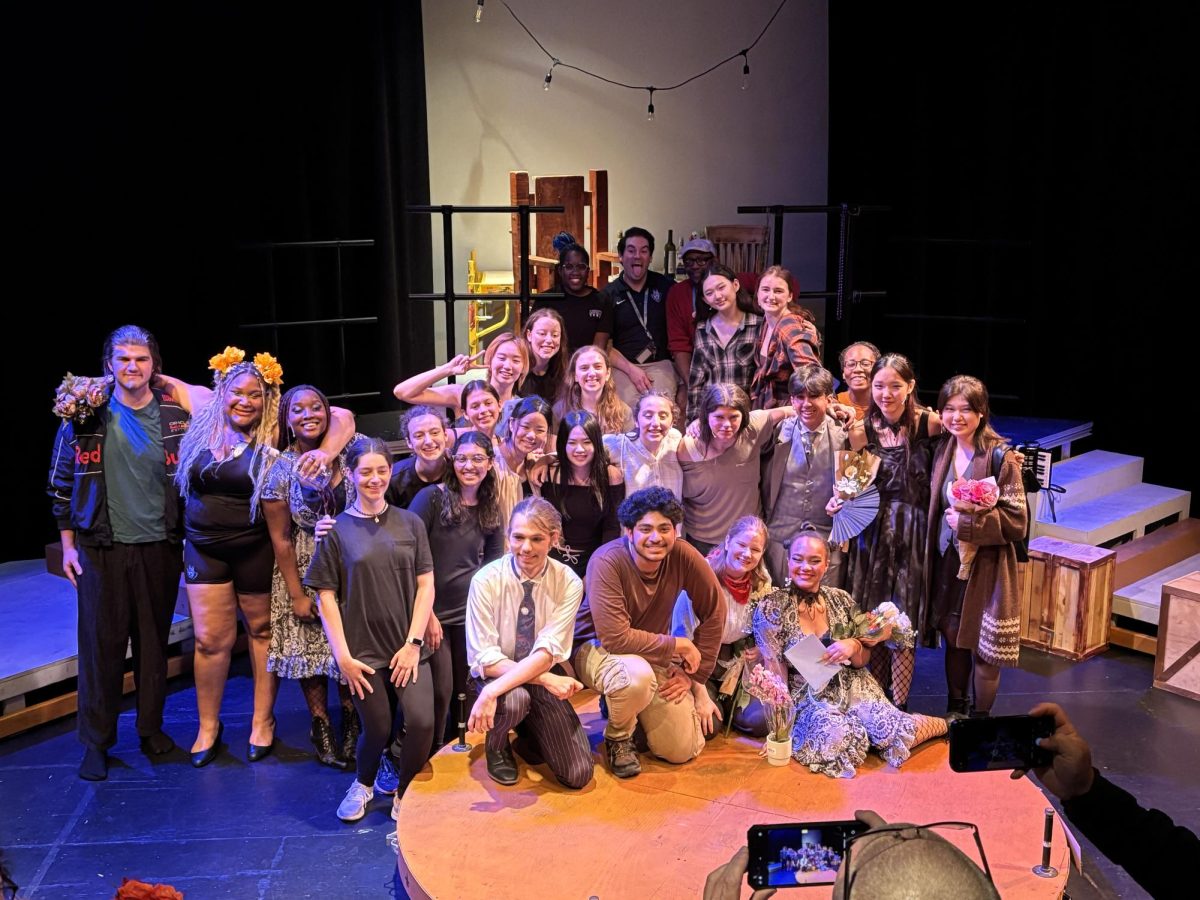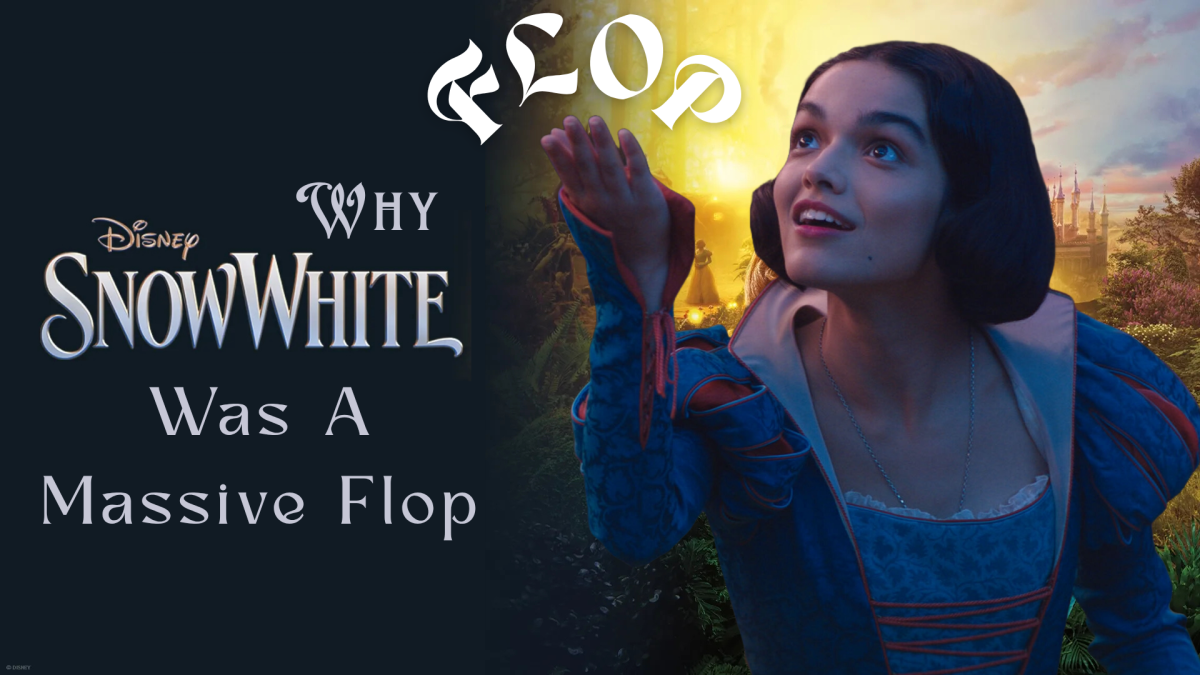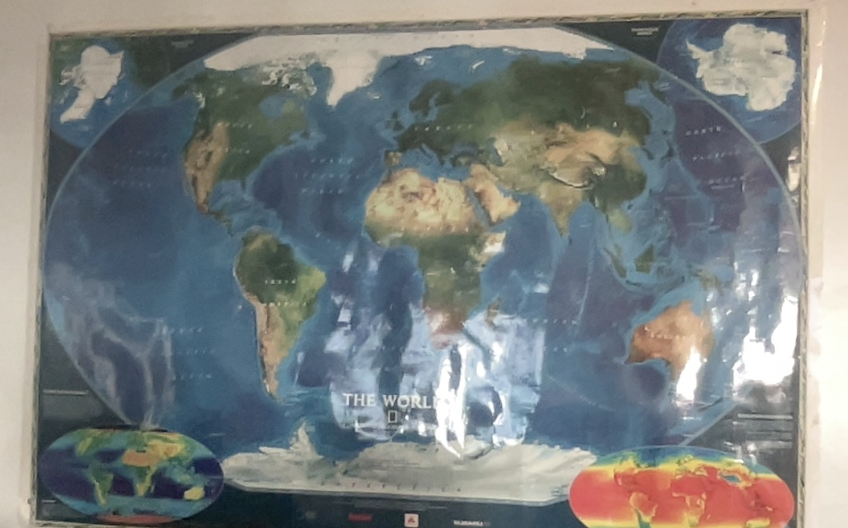Every year on February 14th, millions of people exchange gifts, flowers, and grand dinner plans in the name of love. What was once a day filled with handwritten letters, and simple gestures of affection, has turned into a billion-dollar industry with corporations eagerly cashing in on the pressure to prove love through money-oriented means. But how did we as a culture end up here? How did such a rich and history filled holiday go from poetic romance to commercial powerhouse. When did love become measured by price tags?
To understand modern Valentine’s Day, we have to go way back to the beginning. Going through the centuries of evolving traditions, and into the hands of businesses that turned love into one of the most profitable emotions in the world.
Valentine’s Day has evolved from a day of honoring a Christian martyr to a global celebration of love and affection. But how did this even happen? It traces back to Saint Valentine, a priest in third-century Rome who defied Emperor Claudius II’s ban on marriages for soldiers by secretly performing wedding ceremonies. The legend says, before his execution, he sent a farewell note to the man that sent his daughter to jail, ending it by saying “From your Valentine,” a saying that continues to this day.
Back in the 5th century, Pope Gelasius I created the Feast of Saint Valentine on February 14, making sure it was in line with the Roman festival of Lupercalia. The festival is to celebrate fertility and the coming of spring. Over the years the holiday became associated with romantic love, particularly during the Middle Ages, when the trend of courting began. By the 14th and 15th centuries, the holiday had turned into a day for people to express their love and affection with notes and smaller tokens. The real commercial value of Valentine’s Day started in the 19th century with the introduction of cute greeting cards and boxes of chocolates. This had turned a day of personal affection into a huge economic event, setting the stage for the holiday’s current as a major materialist celebration.
The sudden commercialization of Valentine’s Day ramped up in the 19th century, especially in the United States. In the 1840s, Esther A. Howland, who is also known now as “Mother of the Valentine,” started her mass production project of Valentine’s cards, adorned with cute lace, ribbons, and little intricate designs. Her new approach to these cards made them very affordable to a large number of people. This approach also helped skyrocket the population of people who actually celebrated the holiday like America and England. Just twenty years later, in the 1860s, a British chocolatier Cadbury brought the idea of heart-shaped boxes of chocolates, pushing what people already knew of Valentine’s Day. Now instead of getting a cute card, people would also get a little sweet treat. This enhanced the romantic appeal but also laid down the building blocks for the confectionery industry’s huge role in Valentine’s Day. By the 20th century, it had more or less transformed into what it is today. By the 20th century, Valentine’s Day had transformed into a huge commercial event. For example in 2022 alone America had spent just about 24 billion dollars on the holiday, cementing the status as one of the largest retail holidays.
Valentine’s Day has come such a long way from its original origins in ancient Rome, transforming from centuries of writing, religious influences, and traditions to what it is today. At The Village School, for example, one of the most exciting Valentine’s Day traditions is the Singing Valentines where students can pay to have the choir deliver a song of their choice with a flower. Whether it is a romantic gesture, a fun surprise for a best friend or even a prank between peers, this tradition is long standing! This love for tradition demonstrates how Valentine’s Day especially in a school-like setting blends the personal heartfelt message with commercialization. It poses the question: does spending money on such a public display of affection add pressure to the holiday? What was once a holiday about exchanging little love letters and simple small tokens of love has made its way into a multi-billion-dollar industry, where flowers, jewelry, chocolates, and well-thought-out dates become the narrative. Pushed to the limits with clever marketing, well-timed themed limited merchandise drops, and social expectations have forever changed and shaped how people express love.
References:
A&E Television Networks. (n.d.). Valentine’s Day 2024: Origins, background & traditions. History.com. https://www.history.com/topics/valentines-day/history-of-valentines-day-2
The real history of Valentine’s Day will definitely surprise you. (n.d.). https://www.countryliving.com/life/a46353/history-of-valentines-day/
Gooden, T., & Gooden, T. (2024, February 13). The murky history (and clear commercialization) of Valentine’s day. Nerdist. https://nerdist.com/article/valentines-day-history-origins-in-lupercalia-saint-valentines-path-to-love-letters-and-mass-commercialization/
Wyland, J. (2023, January 20). The origins of commercialized holidays: Valentine’s day: UT permian basin online. UTPB. https://online.utpb.edu/about-us/articles/business/the-origins-of-commercialized-holidays-valentines-day/








